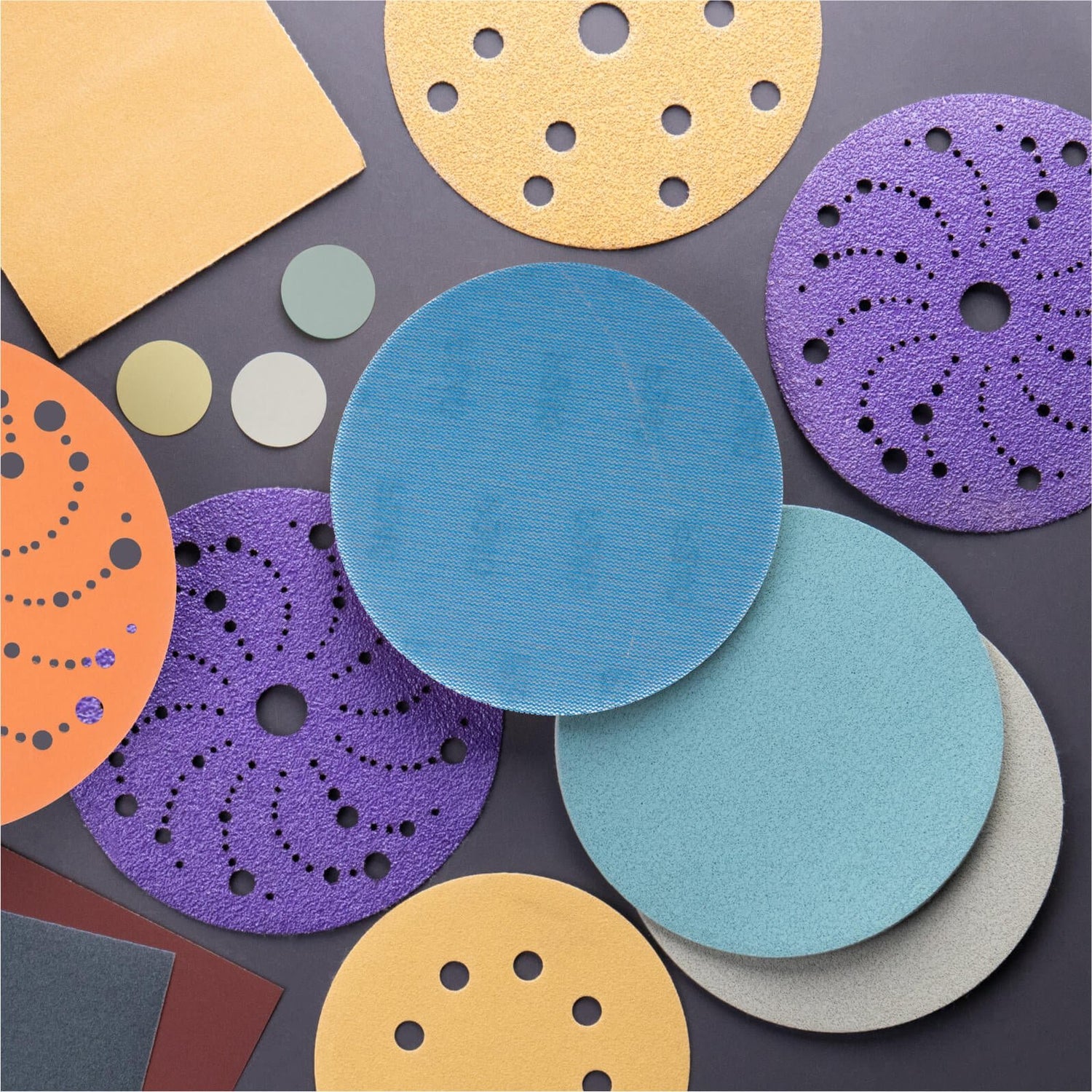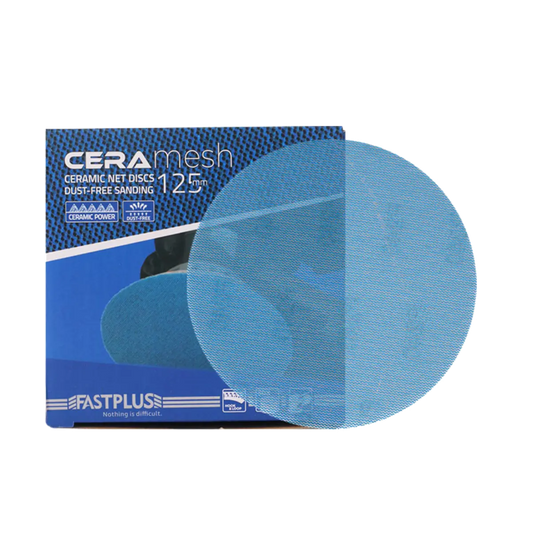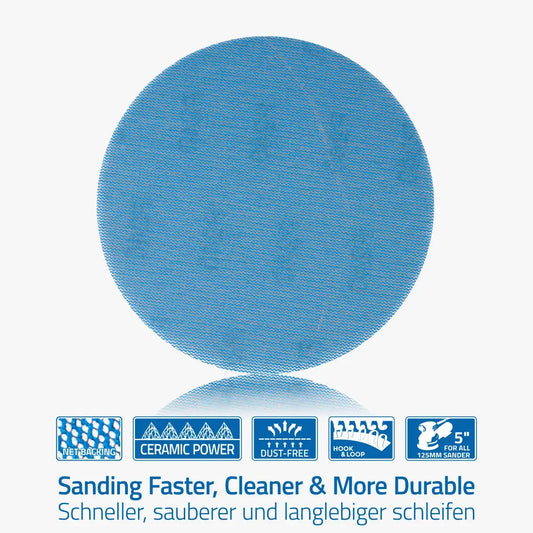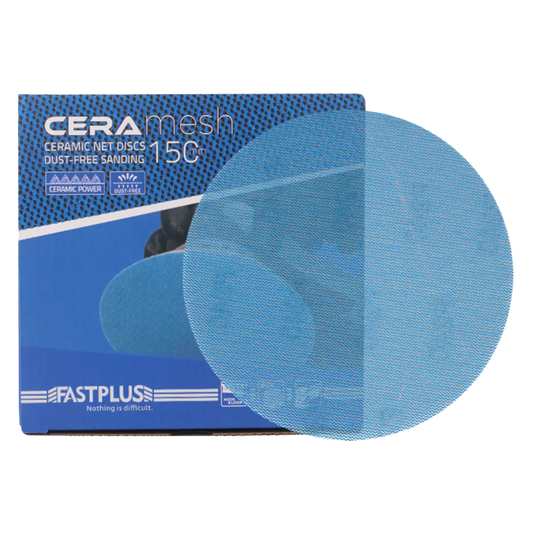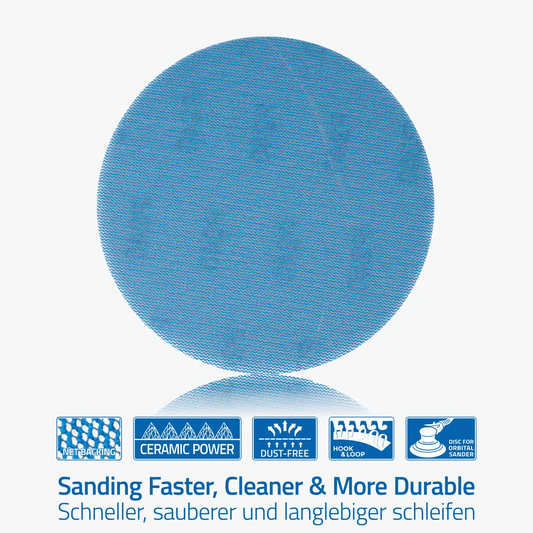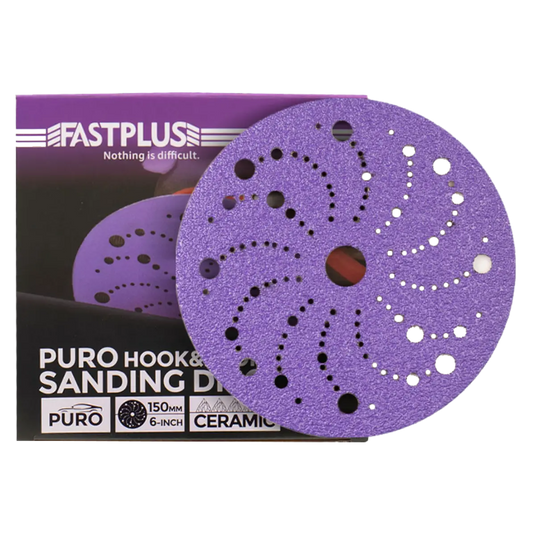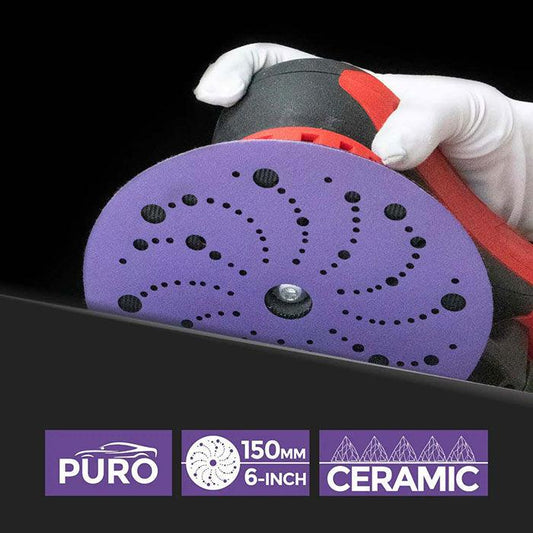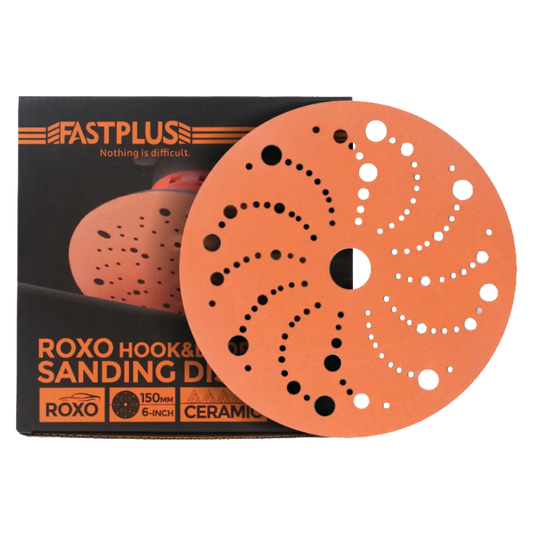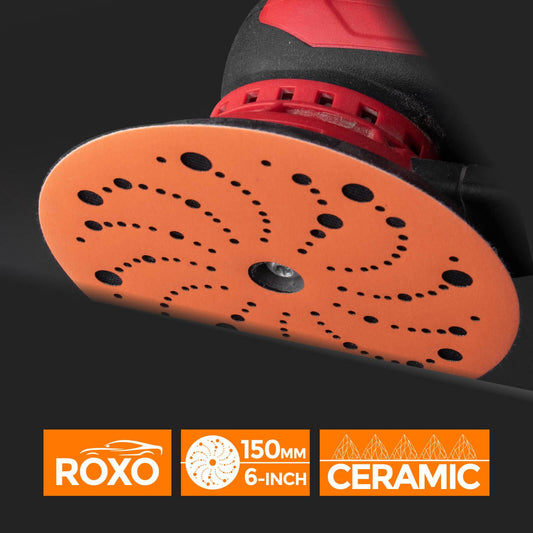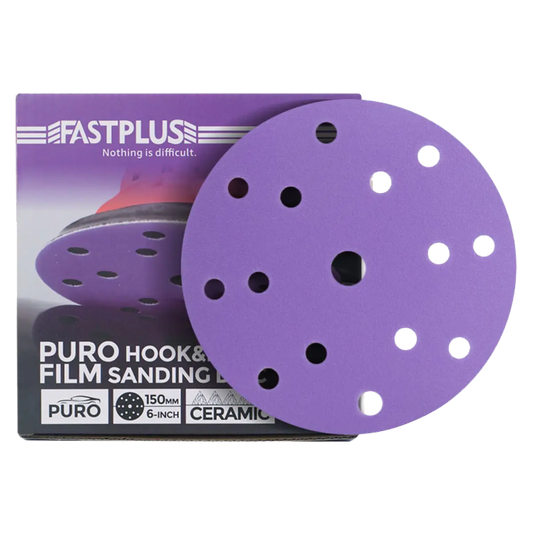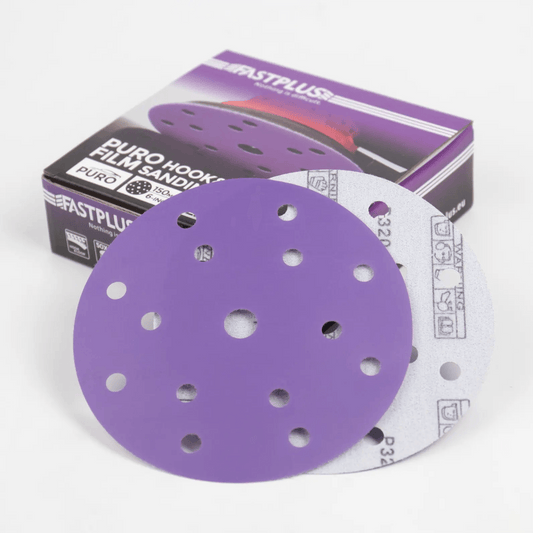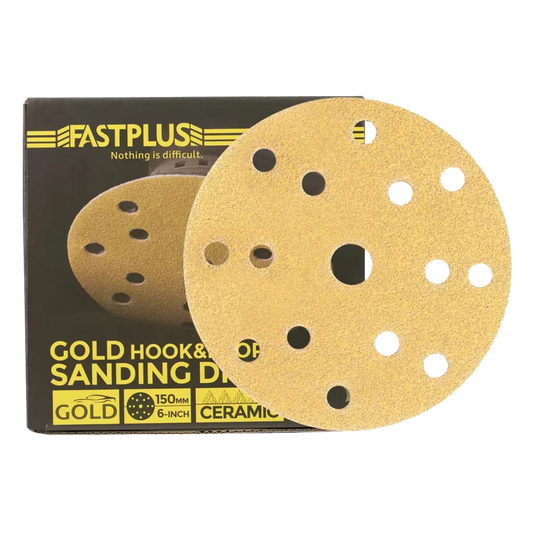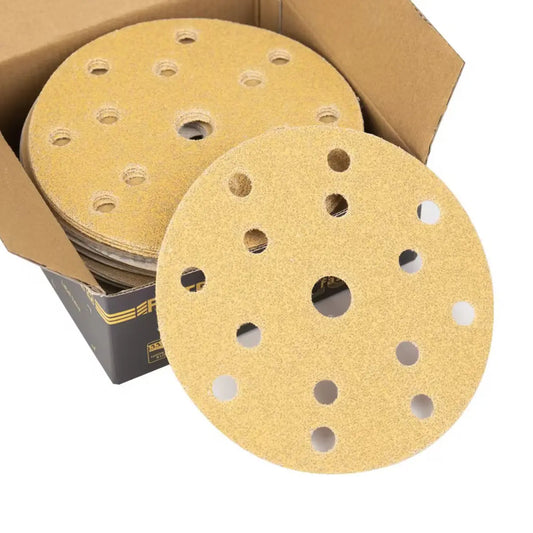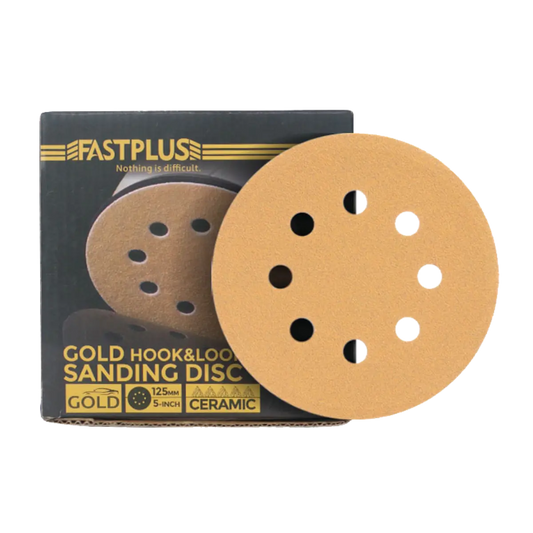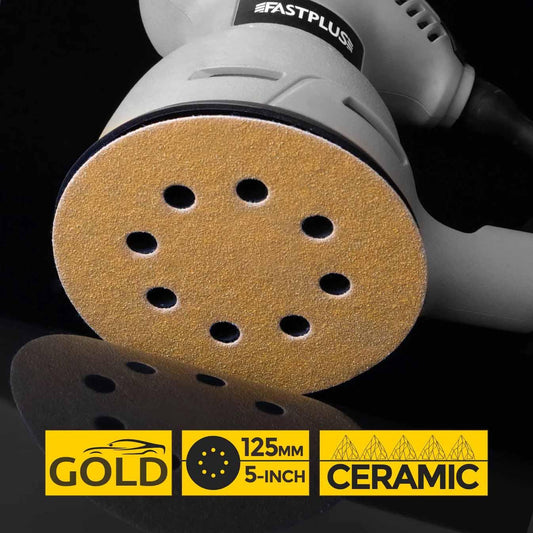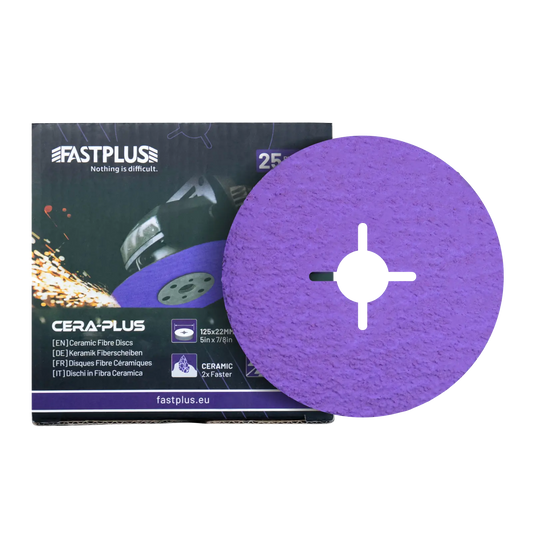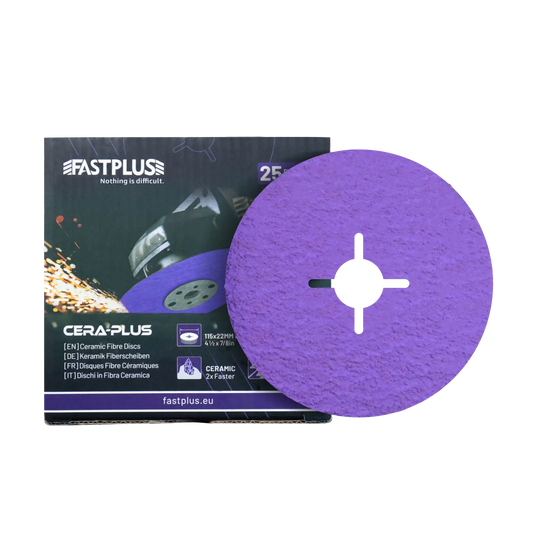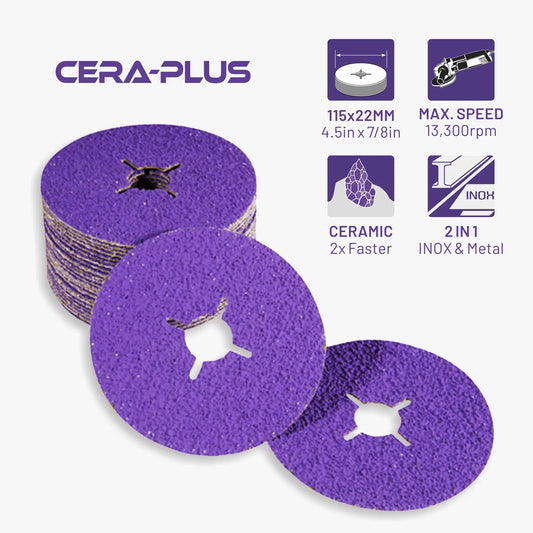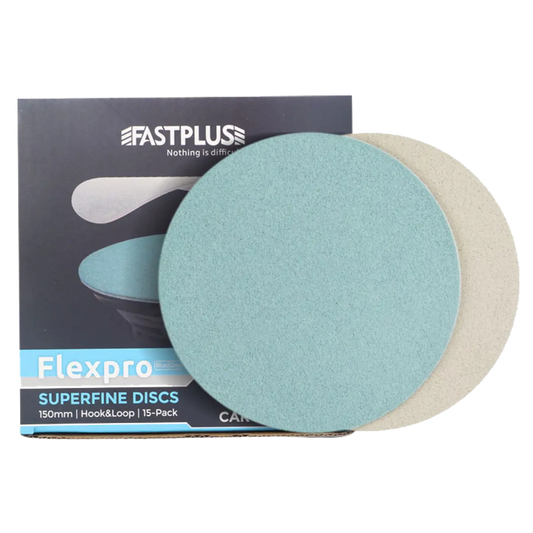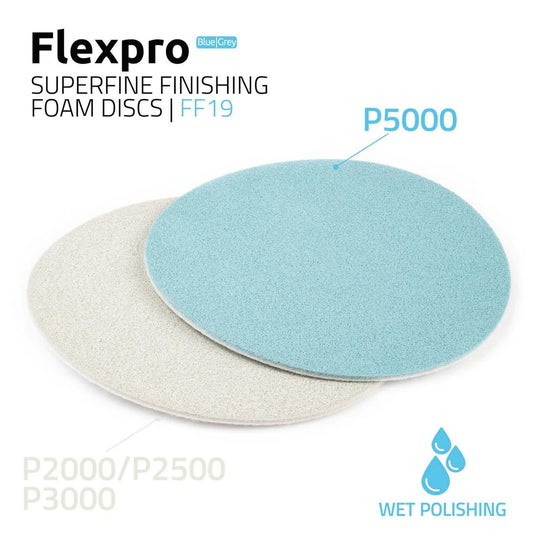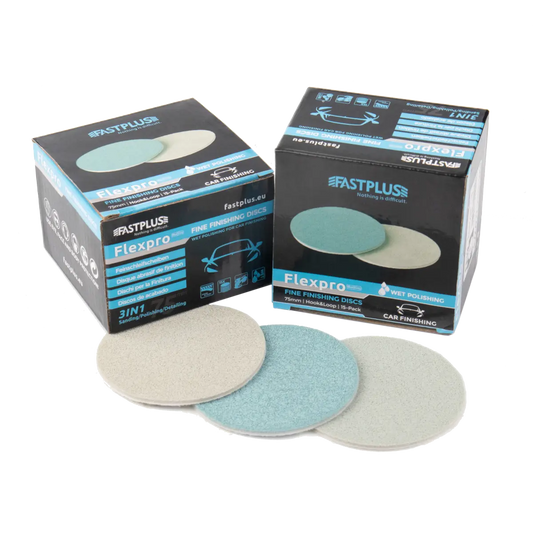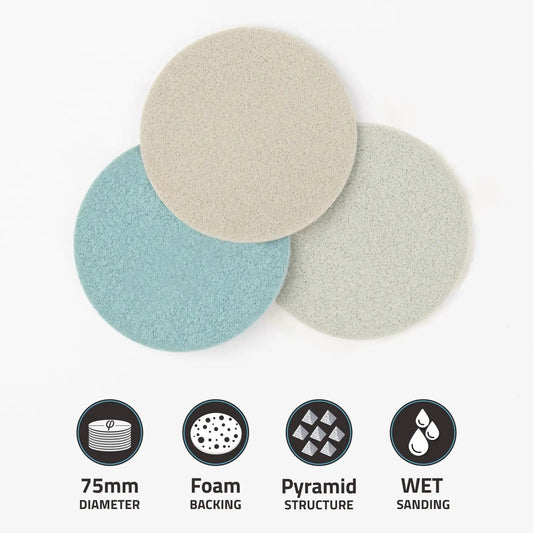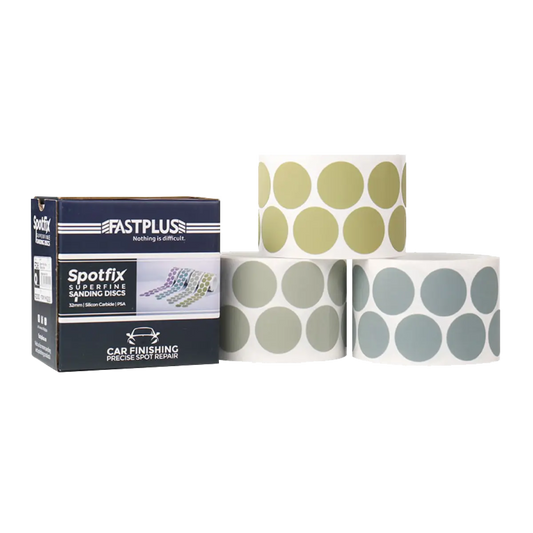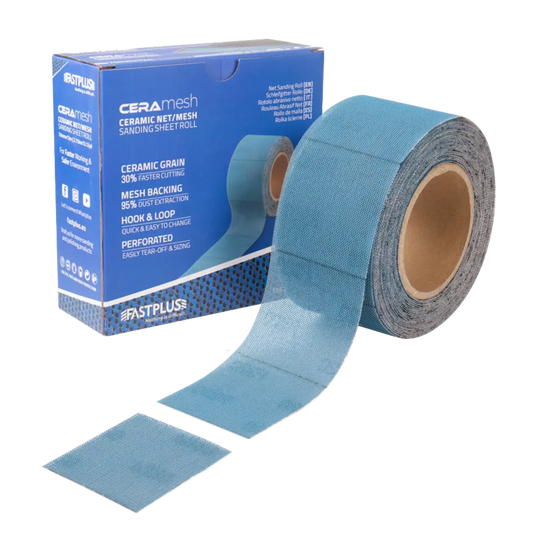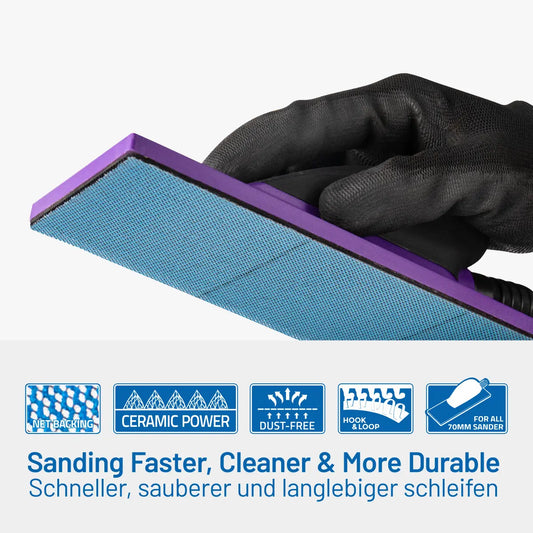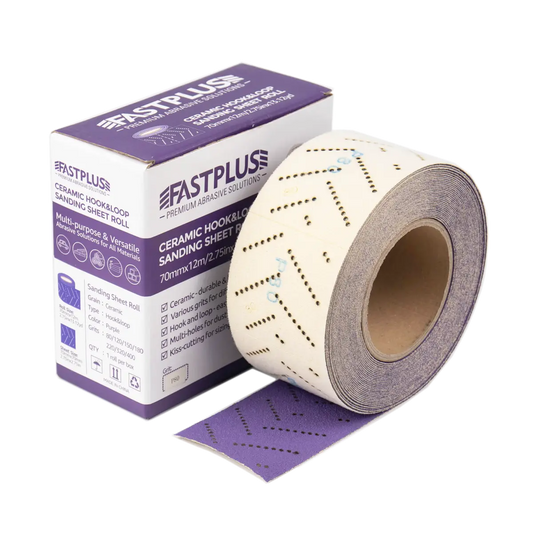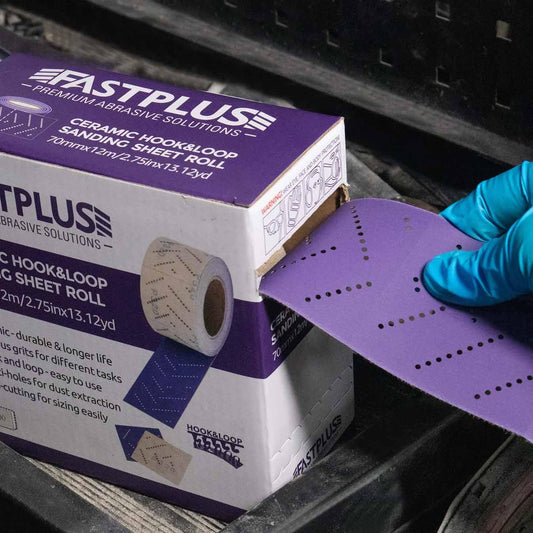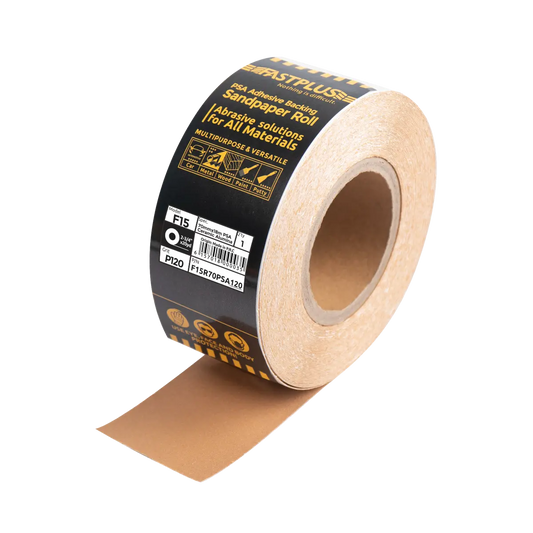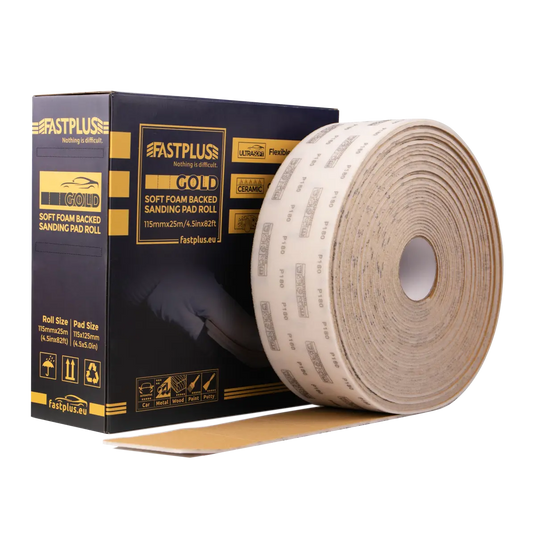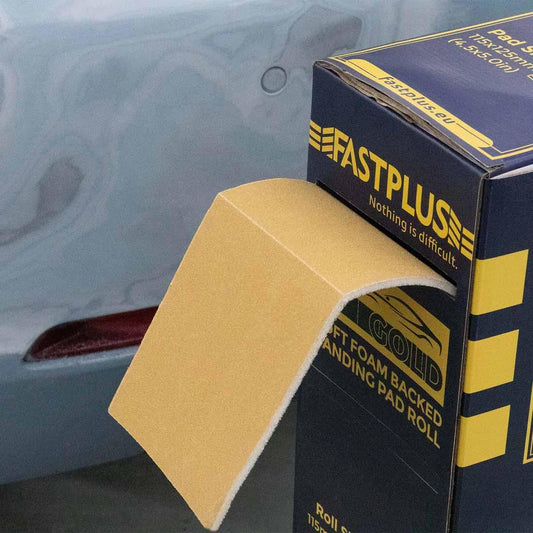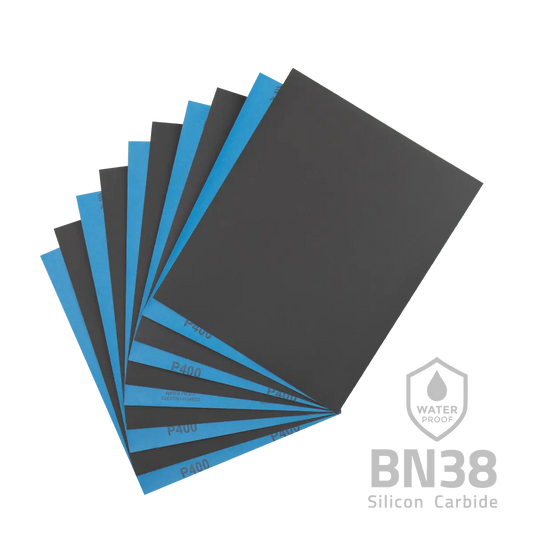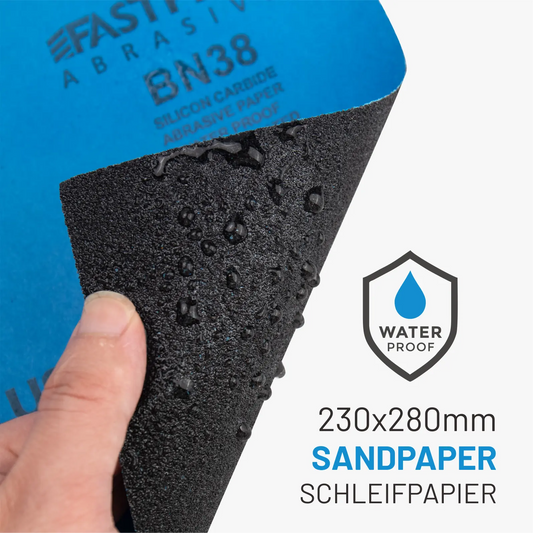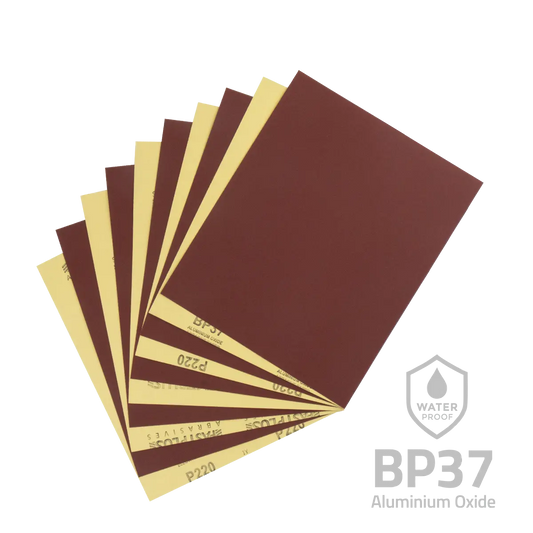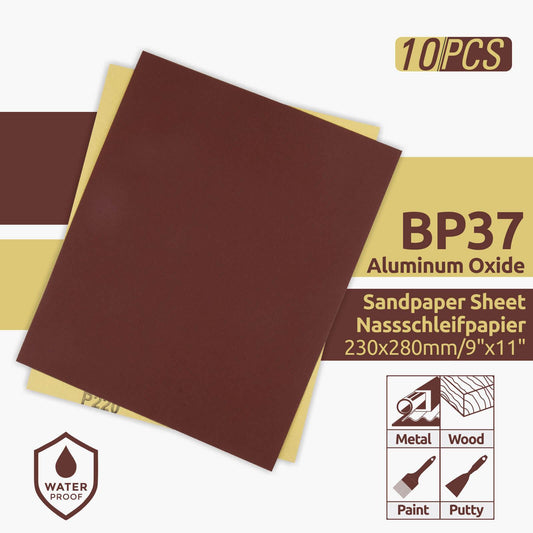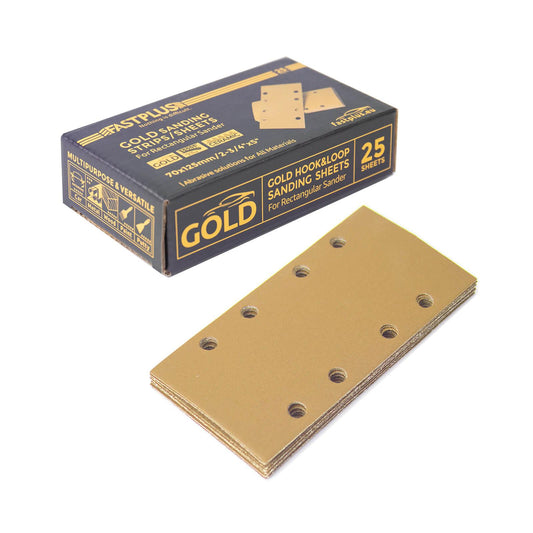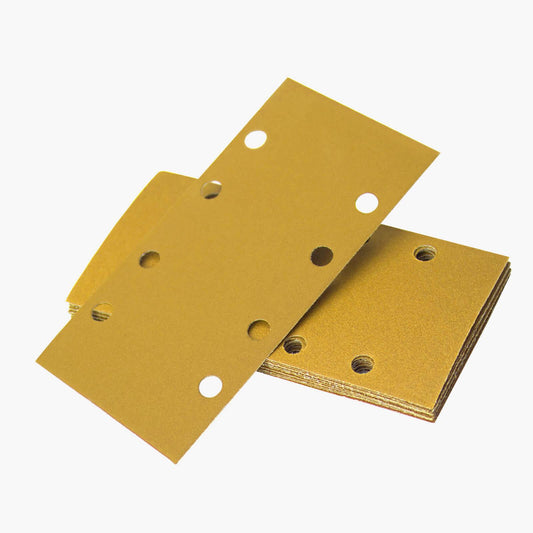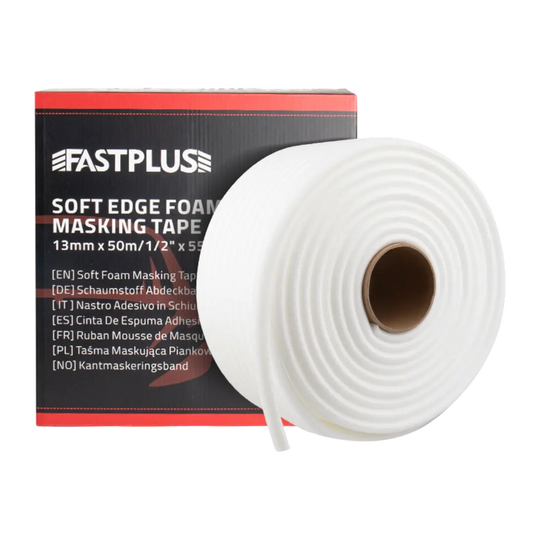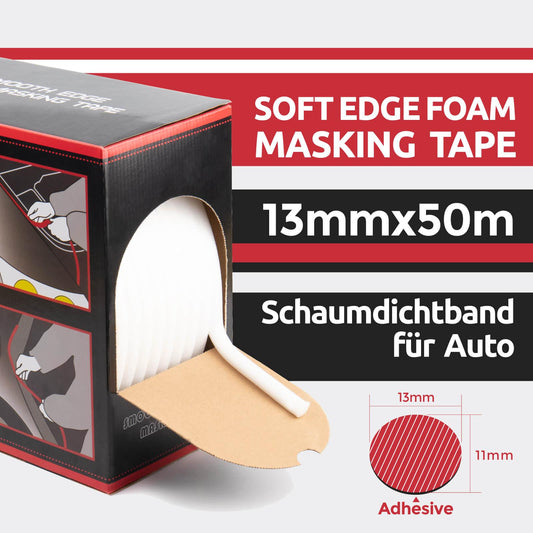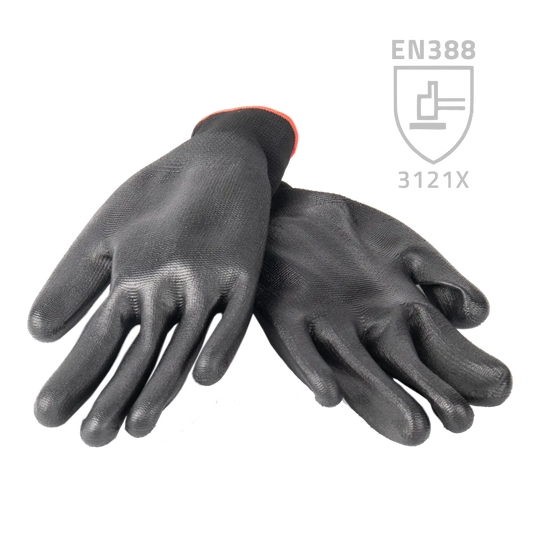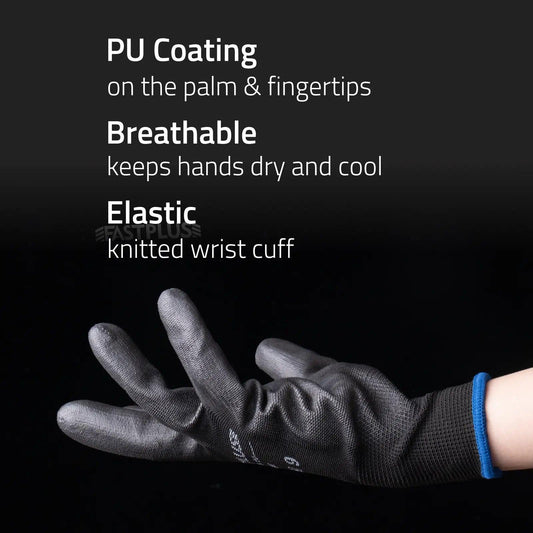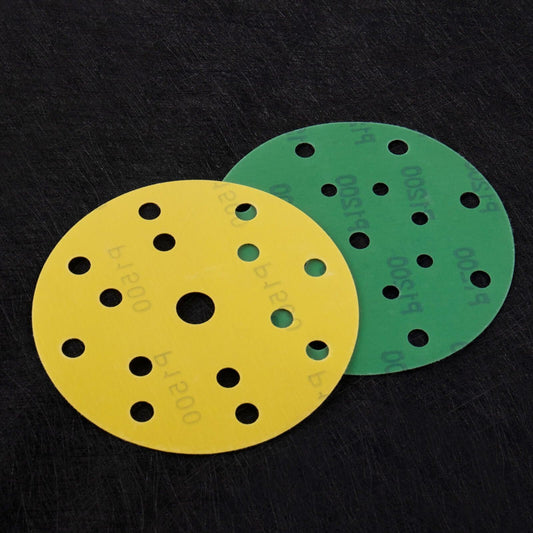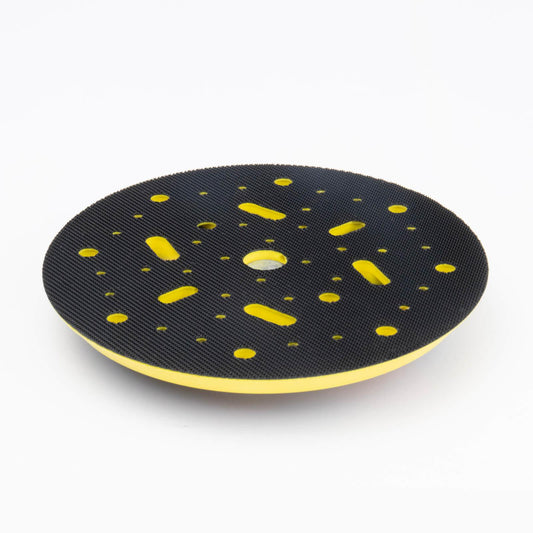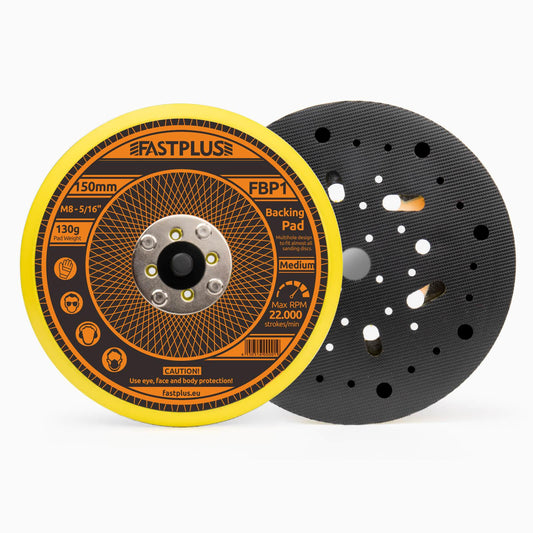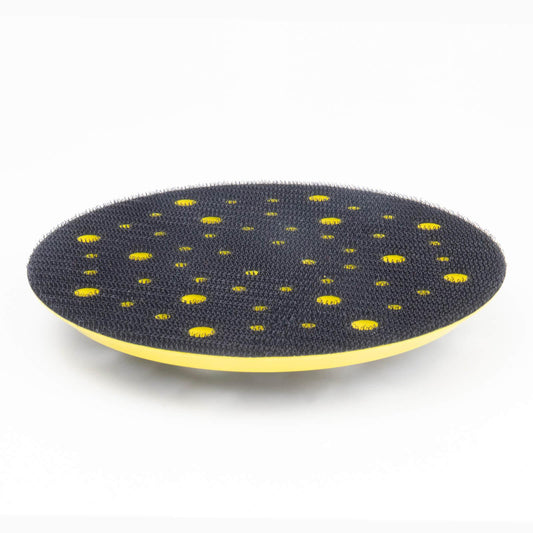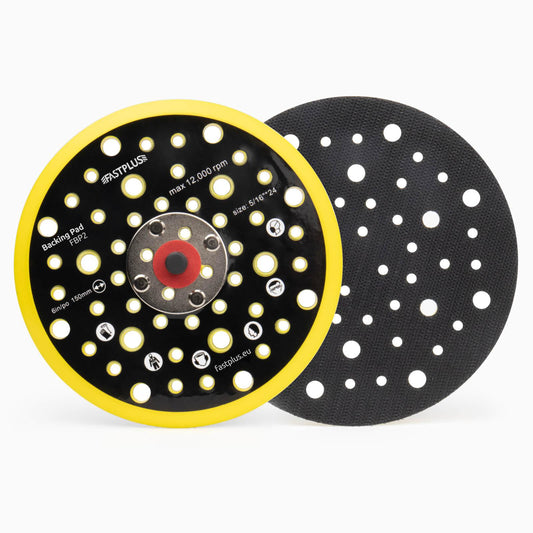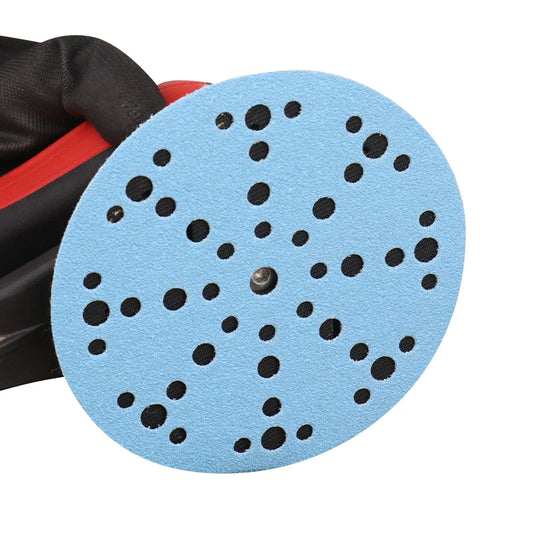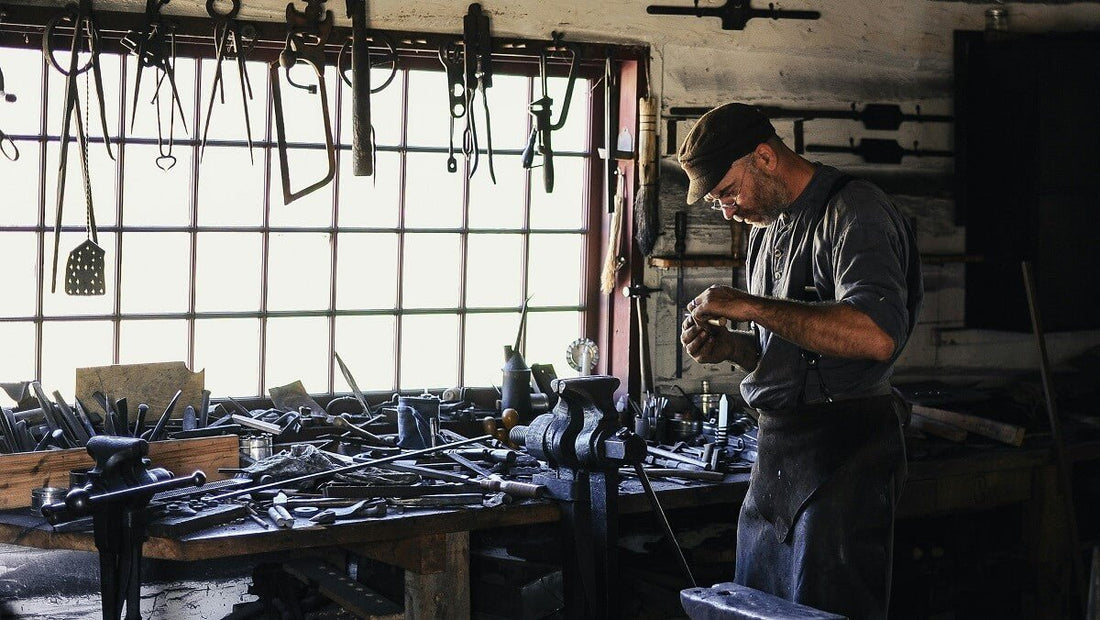
How to Deburr Metal Using Sandpaper?
Deburring metal is the process of removing burrs, which are small, unwanted pieces of metal that protrude from the surface after machining or cutting. These burrs can be sharp and irregular, posing safety hazards to both individuals handling the metal and end-users of the products. One of the most common methods for deburring metal is using sandpaper. This process involves manually abrading the metal surface with abrasive paper to remove burrs and achieve a smooth finish.
Preparing the Workspace
Before beginning the deburring process, make sure your workspace is clean and organized before you start removing rough edges. Get rid of any mess or extra stuff around you so you have plenty of room to move and work comfortably. Arrange your tools, materials, and gear neatly so you can reach them easily and work smoothly. Having a neat workspace not only helps you work better but also keeps you safe by reducing the chances of accidents and distractions.
Deburring Metal Using Sandpaper
Deburring flat surfaces:
When deburring flat surfaces, utilizing a sanding disc for an orbital sander can significantly expedite the process. Begin by securely attaching a fine-grit sanding disc to the orbital sander, ensuring proper alignment. With the orbital sander powered on, gently guide it across the flat metal surface, applying even pressure to achieve consistent results. Be mindful to maintain a flat sanding surface throughout the process, avoiding tilting or angling the sander that could result in gouges or unevenness. Periodically inspect the surface for any remaining burrs and adjust the sanding technique as necessary to ensure a smooth and uniform finish.
Deburring edges:
When deburring edges, addressing both internal and external edges is essential to ensure a smooth and safe finish. For internal edges, fold the sanding sheet roll to form a narrow strip and gently sand along the edge, being careful not to apply too much pressure that could distort the metal. For external edges, hold the sandpaper at a slight angle to the edge and use smooth, continuous strokes to remove burrs while maintaining the desired edge profile. Regularly inspect the edges and adjust the sanding technique as needed to achieve a consistent and uniform finish.
Deburring holes:
Deburring holes can be challenging, especially in tight spaces. To sand around holes, fold a small piece of sandpaper into a tight roll and insert it into the hole, then rotate the sandpaper back and forth to remove burrs. For larger holes, use a sanding block or a piece of flat sandpaper wrapped around a cylindrical object to ensure even sanding around the perimeter of the hole. Pay close attention to the edges of the hole to ensure thorough deburring and a smooth finish.
Deburring curved surfaces:
When deburring curved surfaces, it's important to sand with the contours of the metal to avoid flattening or distorting the shape. Use flexible sandpaper or sanding pads designed for curved surfaces to maintain the shape while effectively removing burrs. Work methodically, following the curvature of the metal with smooth, sweeping motions. Avoid applying excessive pressure that could cause uneven sanding or damage to the surface. By carefully following the shape of the curve and using appropriate sanding tools, you can achieve a smooth and uniform finish without compromising the integrity of the metal.
Deburring corners:
Deburring corners requires special attention to both internal and external corners to maintain desired angles and prevent sharp edges. For internal corners, use a folded piece of sandpaper or a sanding sponge to carefully sand along the corner, ensuring even removal of burrs without rounding or distorting the angle. For external corners, use a sanding block or sandpaper wrapped around a flat object to maintain the sharpness of the corner while removing burrs. Take care to sand evenly on all sides of the corner to achieve a uniform finish without creating unevenness or flat spots.
Deburring complex shapes: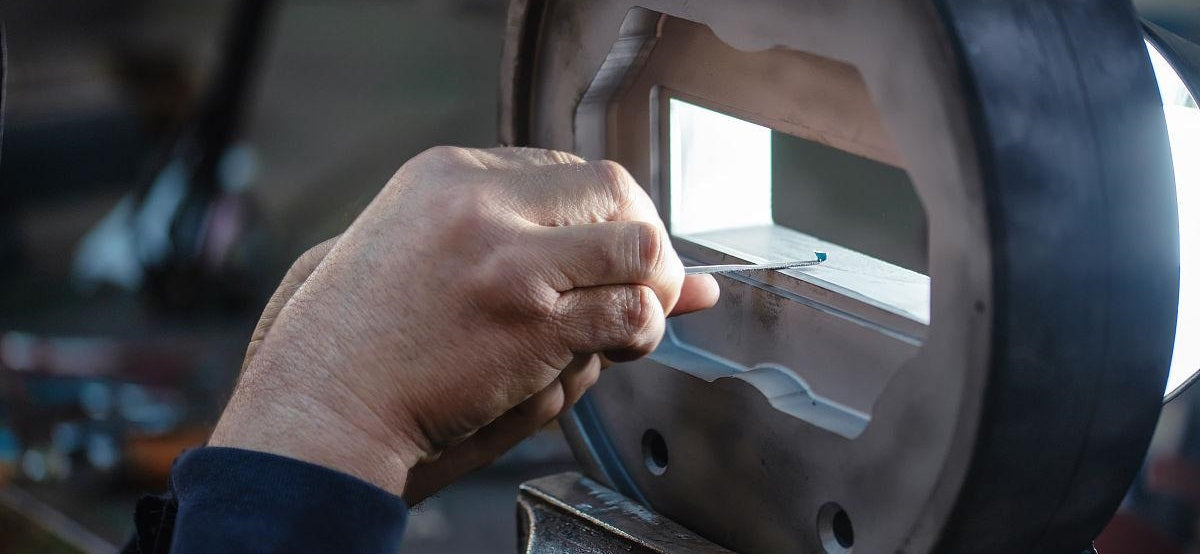
When deburring complex shapes, it's important to break down the task into smaller sections and use appropriate techniques for each area. Begin by identifying the different sections of the shape and assess the direction of the curves and angles. Use flexible sandpaper or sanding pads to navigate around curves and contours, ensuring even sanding and removal of burrs. Work systematically, addressing one section at a time and adjusting the sanding technique as needed to achieve a smooth and uniform finish throughout the entire shape. By approaching complex shapes methodically and employing suitable deburring techniques, you can effectively remove burrs while preserving the integrity and aesthetics of the metal.
Finishing Touches
Inspecting the Smoothed Surface:
After you've finished smoothing out the metal, take a good look at it. Use your fingertips to feel around for any rough patches or sharp edges that might still be there after sanding.
Getting Rid of Sanding Marks:
If you spot any marks or scratches on the metal, don't worry. You can fix them by using a fine finishing foam disc or polishing cloths. Take your time and work gently, using circular motions to make the surface smooth and even.
Giving the Metal a Final Clean:
Once you're done smoothing and fixing, it's time to clean up. Get rid of any leftover dust or dirt on the metal. Use a dry cloth or some compressed air to get rid of loose bits, then use a damp cloth or a bit of mild cleaner to wipe away any remaining grime or oil. Make sure the surface is totally dry before you do anything else with it.
Tips and Tricks for Efficient Deburring
Strategies for Tackling Different Types of Burrs
- Identifying the type of burrs: Before starting the deburring process, assess the metal surface to determine the type of burrs present. This can include raised edges, rough spots, or sharp protrusions.
- Selecting the appropriate deburring tool: Choose the right deburring tool or technique based on the type and severity of the burrs. For example, use a file or grinding wheel for larger burrs and sandpaper for finer ones.
- Adjusting pressure and angle: Experiment with different pressure levels and angles when deburring to find the most effective approach for removing specific types of burrs without damaging the metal surface.
- Combining techniques: In some cases, combining multiple deburring techniques, such as filing followed by sanding, can yield better results, especially for complex burrs or hard-to-reach areas.
Maximizing the Lifespan of Sandpaper
- Proper storage is key: Keep your sandpaper in a dry, cool place to prevent moisture damage and maintain its abrasive power. Use containers or plastic bags to keep it organized and shielded from dust and dirt.
- Keep it clean: Regularly tap or brush off dust and debris from your sandpaper. For tougher residue, use a sandpaper cleaning block or abrasive cleaner to rejuvenate the abrasive surface and make it last longer.
- Switch it up: Rotate your use of sandpaper to even out wear across different sheets or rolls. Avoid sticking to the same piece for too long, as it can wear out quickly and become less effective.
What's the Best Sandpaper for Deburring Metal?
- Material type: Consider the type of metal being deburred when selecting sandpaper. Some metals are softer and may require a less aggressive grit, while harder metals may necessitate a coarser grit to effectively remove burrs.
- Consider the abrasive material: Sandpaper comes in different materials like silicon carbide, aluminum oxide, or ceramic, each with its own durability and aggressiveness. Aluminum oxide is good for general deburring, while silicon carbide works better for harder metals or wet sanding.
- Check the backing material: The backing material affects the sandpaper's flexibility and durability. Look for sturdy backing like cloth or film that can handle the demands of metal deburring without tearing or wearing out too soon.
Conclusion
In closing, we hope this guide has provided valuable insights and practical tips for deburring metal using sandpaper. By following the outlined techniques and prioritizing safety and attention to detail, you can confidently tackle deburring tasks with efficiency and precision, ultimately achieving superior results in your metalworking endeavors.
